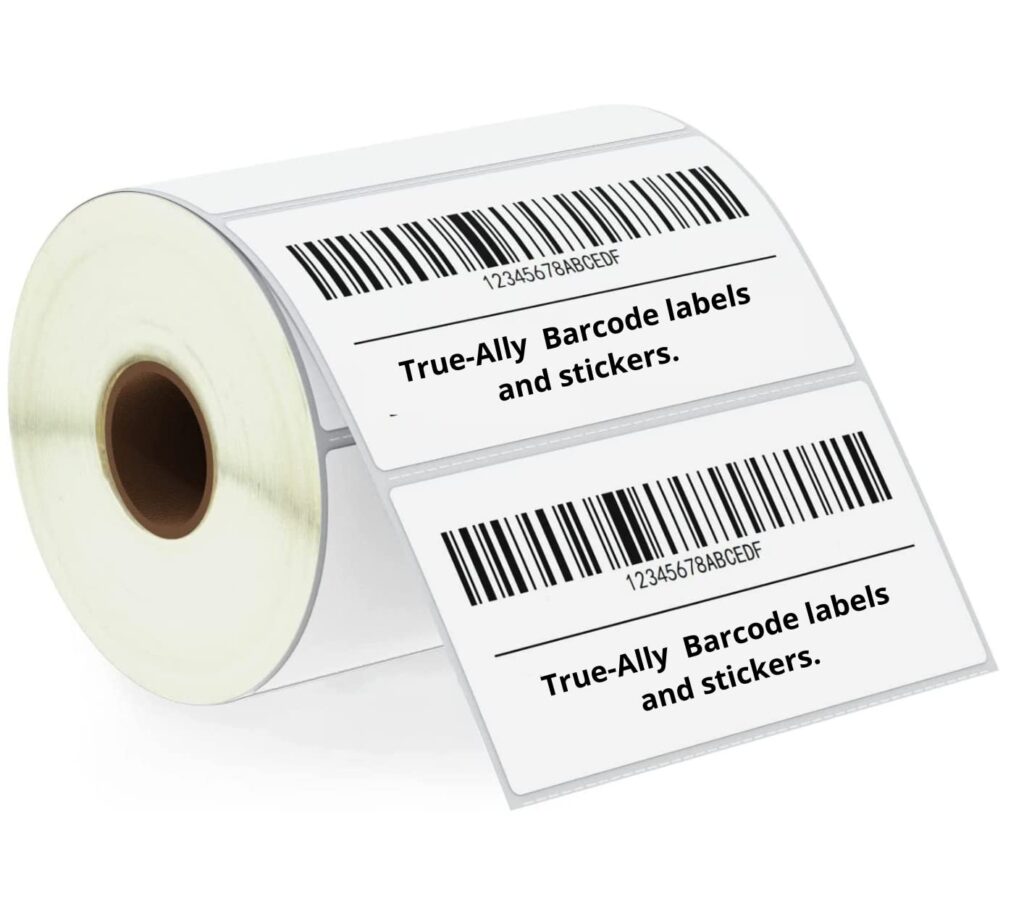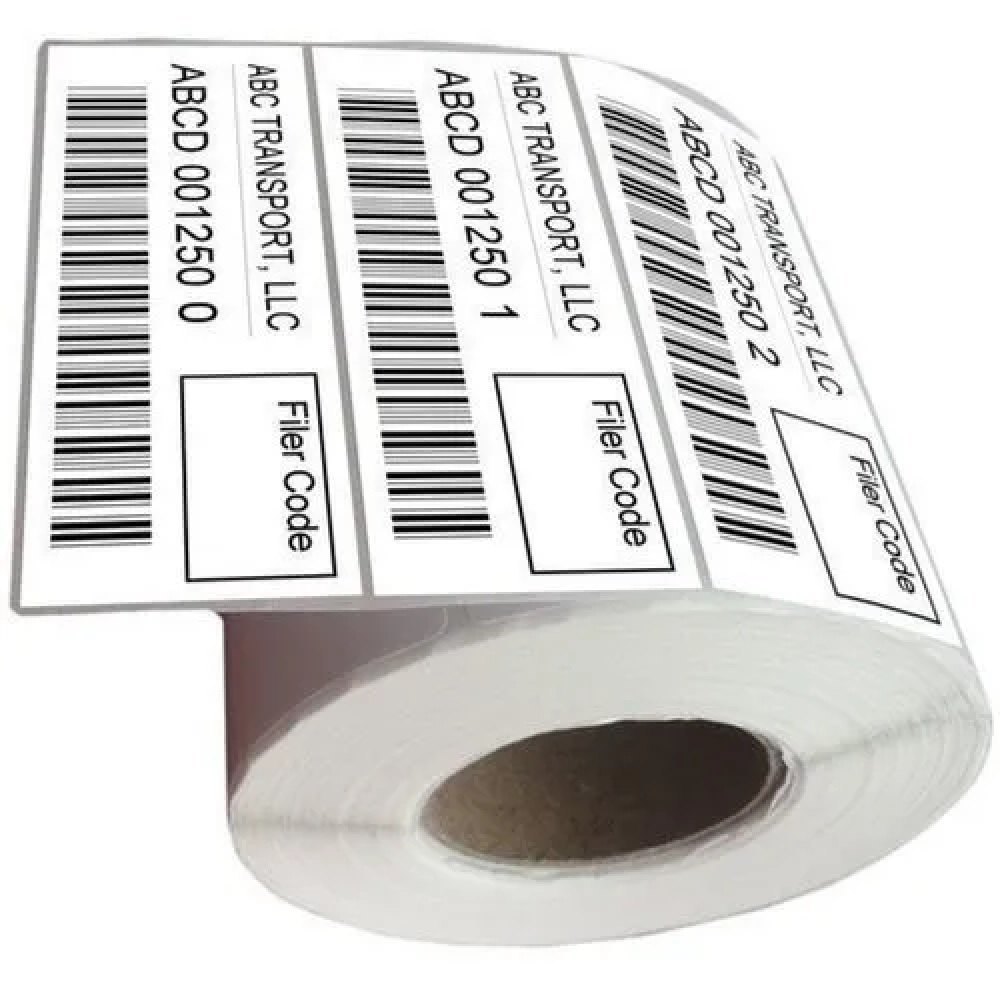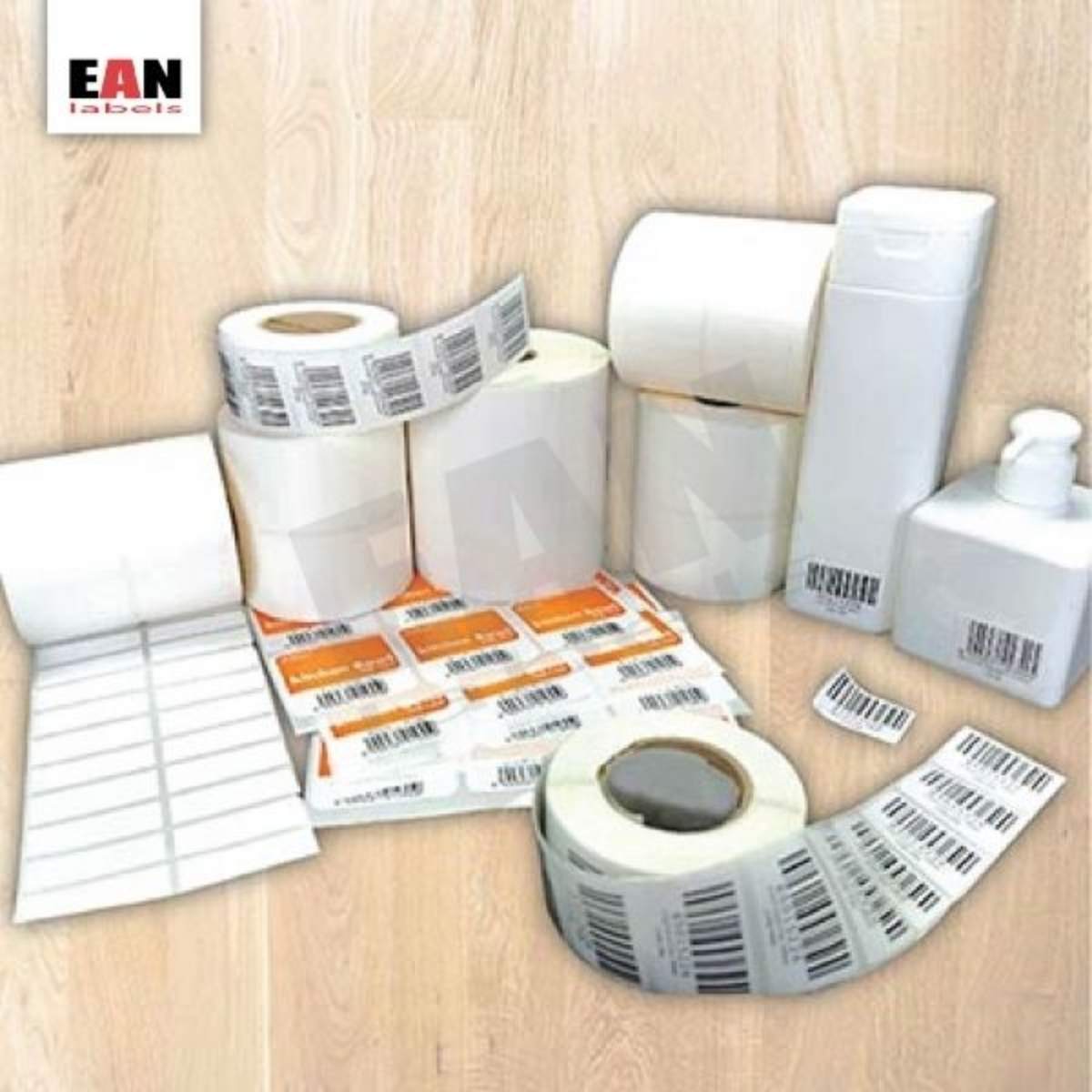Discover the power of barcode label stickers for inventory management. Learn about types, applications, and innovations to optimize efficiency in the US and India.
Key Takeaways
- Barcode label stickers are essential for efficient inventory management in both the United States and India.
- This guide covers everything from the basics of barcode technology to advanced applications in various industries.
- Learn about the different types of barcodes, the importance of choosing the right materials, and best practices for implementation.
- Discover the latest trends and innovations in barcode label stickers.
- Practical tips and detailed tables to help you select and use barcode label stickers effectively.
Introduction to Barcode Label Stickers
In today’s fast-paced world, barcode label stickers have become indispensable tools for businesses across the globe. From retail to logistics, healthcare to manufacturing, these small yet powerful labels streamline operations, improve accuracy, and enhance efficiency. This article explores the myriad aspects of barcode label stickers, focusing on their significance in the United States and India, two of the world’s largest markets.
Understanding Barcode Label Stickers
What Are Barcode Label Stickers?
Barcode label stickers are adhesive labels printed with barcodes—a series of parallel lines or patterns that encode data. They can be scanned using barcode readers to quickly retrieve information. These labels are crucial for tracking inventory, managing assets, and enhancing operational efficiency.
How to Do Barcode Label Stickers Work?
The working principle of barcode label stickers is simple yet powerful. Each barcode contains a unique identifier that corresponds to a product or asset in a database. When scanned, the barcode reader decodes the pattern and retrieves the associated data, such as product name, price, or inventory level.

The Evolution of Barcode Label Stickers
From their invention in the 1950s to their widespread adoption today, barcode label stickers have evolved significantly. Initially used in retail, they now play a vital role in various sectors, driven by advancements in technology and the need for greater efficiency.
Types of Barcode Label Stickers
Linear Barcodes
Linear barcodes, also known as 1D barcodes, are the most common type. They consist of parallel lines of varying widths and spaces. Examples include UPC, EAN, and Code 39. These barcodes are ideal for simple applications such as retail product labeling.
2D Barcodes
2D barcodes encode data in both horizontal and vertical dimensions, allowing them to store much more information than linear barcodes. Common types include QR codes, Data Matrix, and PDF417. They are used in more complex applications, such as tracking and tracing, marketing, and mobile payments.
Specialty Barcode Label Stickers
Specialty barcode labels are designed for specific applications and environments. Examples include tamper-evident labels, cryogenic labels for ultra-low temperatures, and durable labels for harsh conditions.
Importance of Barcode Label Stickers in Inventory Management
Streamlining Inventory Processes
Barcode label stickers are integral to inventory management systems. They enable quick and accurate tracking of stock levels, reducing the chances of errors and ensuring timely replenishment of items.
Reducing Human Error
Manual data entry is prone to errors, which can lead to costly mistakes. Barcode scanning eliminates this risk by automating data capture, ensuring accuracy, and improving overall efficiency.
Enhancing Supply Chain Visibility
In a globalized world, supply chain visibility is crucial. Barcode label stickers provide real-time data on the movement of goods, helping businesses monitor and optimize their supply chains effectively.
Case Study: Retail Giant in the USA
A leading retail chain in the United States implemented a comprehensive barcode labeling system. This move significantly improved their inventory accuracy and reduced stockouts by 30%. The efficiency gains resulted in higher customer satisfaction and increased sales.
Materials Used in Barcode Label Stickers
Paper Labels
Paper labels are cost-effective and suitable for many applications, especially in controlled environments. They are easy to print and can be used for temporary labeling needs.
Synthetic Labels
Synthetic labels offer greater durability and resistance to environmental factors like moisture, chemicals, and abrasion. Common materials include polyester, polypropylene, and vinyl. These labels are ideal for long-term and outdoor use.

Specialty Materials
For unique applications, specialty materials like metalized labels and tamper-evident labels are used. These materials provide additional security and functionality, making them suitable for high-value or sensitive items.
Comparison Table: Paper vs. Synthetic Labels
| Feature | Paper Labels | Synthetic Labels |
|---|---|---|
| Cost | Low | Moderate to High |
| Durability | Moderate | High |
| Resistance to Moisture | Low | High |
| Printing Quality | High | High |
| Use Cases | Retail, Short-term use | Industrial, Long-term use |
Barcode Technologies: Linear vs. 2D Barcodes
Linear Barcodes: Simplicity and Speed
Linear barcodes are simple to create and fast to scan. They are widely used in retail, logistics, and other industries where speed is critical. However, their data capacity is limited, making them less suitable for complex applications.
2D Barcodes: Versatility and Capacity
2D barcodes offer greater data capacity and versatility. They can store information such as URLs, contact details, and more, making them ideal for marketing and complex tracking systems. Their ability to be read from any angle and by mobile devices adds to their utility.
Comparative Table: Linear vs. 2D Barcodes
| Feature | Linear Barcodes | 2D Barcodes |
|---|---|---|
| Data Capacity | Low | High |
| Scan Speed | Fast | Moderate |
| Readability | Requires specific angle | Can be read from any angle |
| Common Uses | Retail, Inventory | Marketing, Complex tracking |
Best Practices for Implementing Barcode Label Stickers
Choosing the Right Barcode Type
Selecting the appropriate barcode type depends on the application. For simple, high-volume tasks, linear barcodes are ideal. For applications requiring more data or enhanced security, 2D barcodes are better.
Ensuring Quality Printing
The quality of barcode printing is crucial for accurate scanning. Use high-resolution printers and choose appropriate materials to ensure the barcodes are clear and durable.
Regular Maintenance and Updates
Regularly maintain barcode scanners and update the database to ensure seamless operation. Periodic checks and updates help avoid errors and improve efficiency.
Employee Training
Train employees on the proper use of barcode systems. This includes scanning techniques, handling equipment, and troubleshooting common issues.
Case Study: E-commerce in India
An e-commerce giant in India adopted a comprehensive barcode labeling system to manage its vast inventory. The system reduced picking errors by 25% and improved order fulfillment speed, leading to better customer satisfaction and growth.
Industry-Specific Applications
Retail
In retail, barcode label stickers are essential for product identification, price management, and inventory tracking. They streamline checkout processes and enhance customer experience.
Healthcare
In the healthcare sector, barcodes ensure accurate patient identification, track medication administration, and manage medical supplies efficiently.
Manufacturing
Manufacturing industries use barcodes for tracking parts, managing inventory, and ensuring quality control. This enhances productivity and reduces downtime.
Logistics
In logistics, barcodes facilitate real-time tracking of shipments, inventory management, and efficient routing, leading to improved delivery times and customer satisfaction.
Quote on Innovation
“Innovation in barcode technology has transformed supply chain management, making processes more transparent and efficient.” – Industry Expert
Choosing the Right Barcode Label Sticker
Assessing Your Needs
Consider the environment, durability requirements, and data capacity when choosing barcode label stickers. For example, retail applications may require simple, cost-effective labels, while industrial environments need durable, high-resistance labels.
Selecting the Right Material
Choose materials based on the application environment. For instance, synthetic labels are better for outdoor use, while paper labels suffice for indoor, short-term use.
Evaluating Cost vs. Benefit
While synthetic labels may cost more upfront, their durability can lead to cost savings over time by reducing the need for frequent replacements.
Customization Options
Consider customization options such as pre-printed logos, sequential numbering, and special adhesives to meet specific needs and enhance branding.
Table: Factors in Choosing Barcode Label Stickers
| Factor | Consideration |
|---|---|
| Environment | Indoor vs. Outdoor |
| Durability | Short-term vs. Long-term |
| Data Capacity | Simple tracking vs. Detailed information |
| Budget | Cost-effective vs. High-durability |
| Customization | Standard vs. Customized |
Innovations and Trends in Barcode Label Stickers
Smart Barcodes
Smart barcodes integrate with IoT devices, providing real-time data and advanced tracking capabilities. This innovation enhances supply chain visibility and operational efficiency.
Eco-friendly Labels
With increasing environmental awareness, eco-friendly barcode labels made from sustainable materials are gaining popularity. These labels help businesses reduce their environmental footprint.
RFID Integration
Combining RFID technology with barcode labels offers enhanced tracking and data storage capabilities. This hybrid approach is particularly useful in complex logistics and asset management scenarios.

Mobile Scanning Solutions
The rise of smartphones has led to the development of mobile scanning apps, allowing businesses to leverage 2D barcodes for marketing and customer engagement.
Expert Quote on Future Trends
“The integration of barcodes with emerging technologies like IoT and RFID will redefine how businesses manage and track assets.” – Tech Innovator
Future of Barcode Label Stickers
The future of barcode label stickers is bright, driven by continuous innovation and evolving business needs. As technology advances, we can expect even more sophisticated solutions that enhance efficiency, accuracy, and sustainability.
Anticipated Developments
- Advanced Materials: Development of new materials that offer even greater durability and environmental resistance.
- Enhanced Data Security: Improved encryption and security features to protect sensitive information.
- Greater Integration: Seamless integration with other technologies such as AI and blockchain for enhanced data management and analytics.
Conclusion
In conclusion, barcode label stickers are crucial tools that drive efficiency, accuracy, and innovation across various industries. By understanding their types, applications, and best practices, businesses in the United States and India can harness their full potential to streamline operations and achieve greater success. Embrace the future of barcode technology and stay ahead in a competitive market.
By adhering to these guidelines and leveraging the information provided, you can effectively utilize barcode label stickers to enhance your business operations and achieve new heights of efficiency and accuracy.
